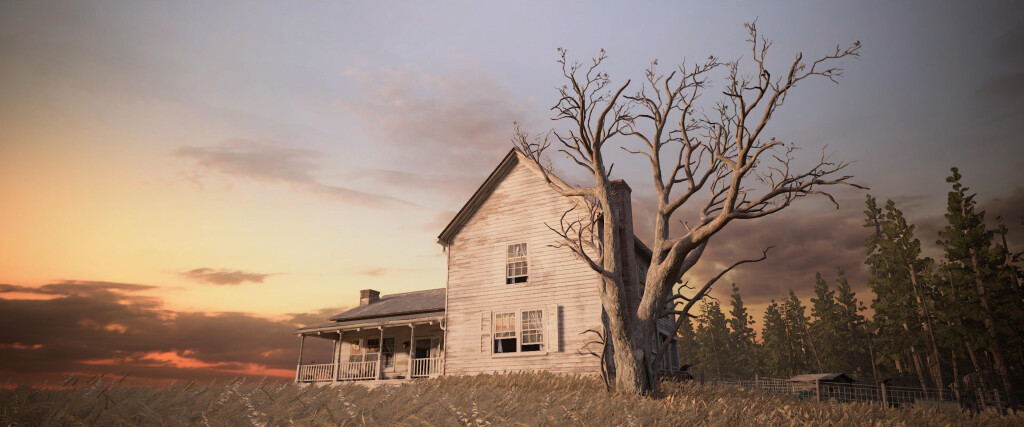The Last of Us: Part II
I was really late to The Last of Us party. So late, it was only in the months leading up to the Part II release that I even played the first, but Joel and Ellie’s story grabbed me. Originally released on PS3, then remastered for PS4, significant time had passed since the first game’s release, and Part II was one of the last first-party games to be released before the PS5 launched, meaning that Naughty Dog had an entire generation’s worth of time to really understand how to squeeze very last drop of power from the console.
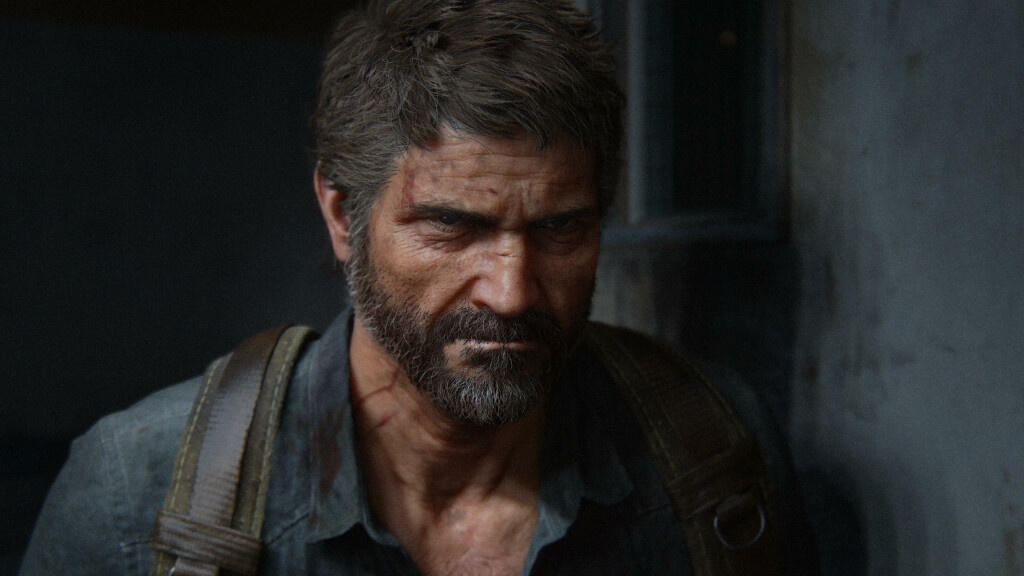
And Naughty Dog delivered one of the most incredibly delicious games to look at – even with its very dark subject matter – plus, one of the most terrifying soundtracks, especially with headphones.
With an incredible photo mode, I couldn’t help but stop and capture the game’s incredible set pieces during my journey through Seattle – and have included a number of my favourite images in this article.
Please note that this article includes major spoilers to the game’s plot.
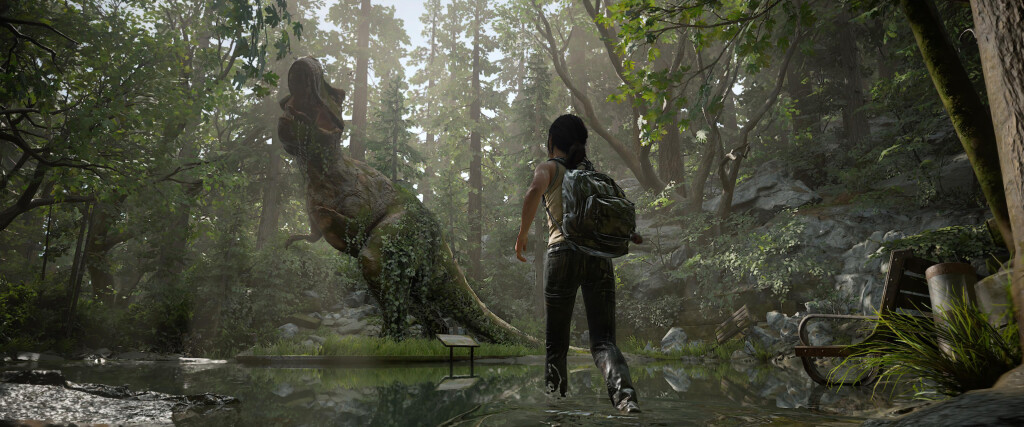
In June 2020, the world got to visit Ellie and Joel’s world once again. At the time, after playing, I wanted to write about it, but didn’t fully unpack it – with its adult themes, painfully brutal violence and complicated psychological impact, I didn’t have the words. 12 months on, I sat down to play again, and now, after a second complete playthrough, I’ll try to find the words.
The game is one of revenge, but also one of love. It balances the dark and light in all of us on a precariously sharp knife’s edge.
The game starts as playing as Joel, your primary playable character from the first game, and the games gorgeous visuals grab your attention through the opening credits. Through the game’s introduction, you play as Ellie, and are also introduced to a new playable character, Abby. Wait, hang on, who’s this? Don’t worry… you find out. The games initial chapter sets you up for the rest of the game – both learning the game’s mechanics and controls, but also steam rolls the story in to full force.
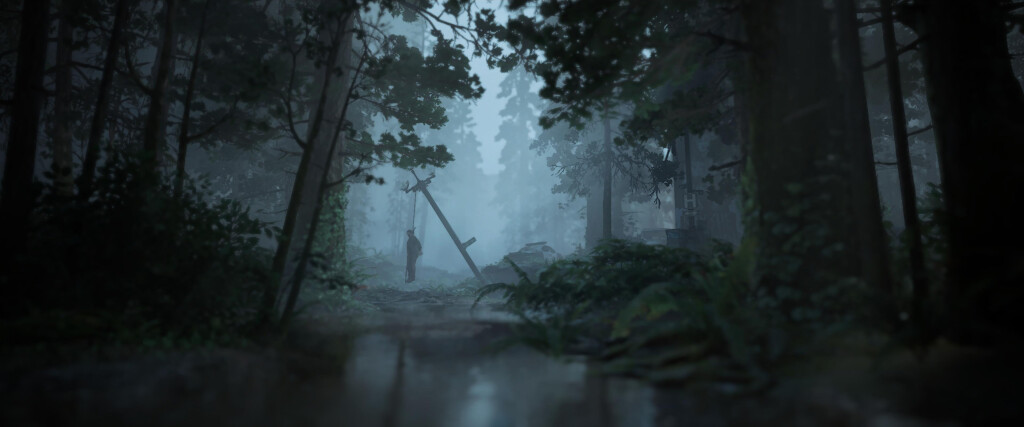
Only a few hours in to the game is one of the most confronting and (if you avoided the story leaks) unexpected sequences to the game. It is incredibly brutal, sudden and heartbreaking – and after first experiencing this scene, was glad the game had a fade to black: I needed a moment.
Joel’s death is hard to watch: he’s a father figure who you bond with while playing as him through the first game, grows on you with his sense of humour and personality, and you thoroughly fall for through your journey in the first game – he’s not perfect, but he is developed in to a fully rounded human character. Even on my second playthrough of Part II back in my first sitting (to earn the Platinum trophy), I needed to skip this cinematic: it is hard to watch, and incredibly vicious. On my full second playthrough 12 months on, even knowing what was coming, it is still hard to experience, and those same physical effects from the first time came back: I needed a moment before continuing.
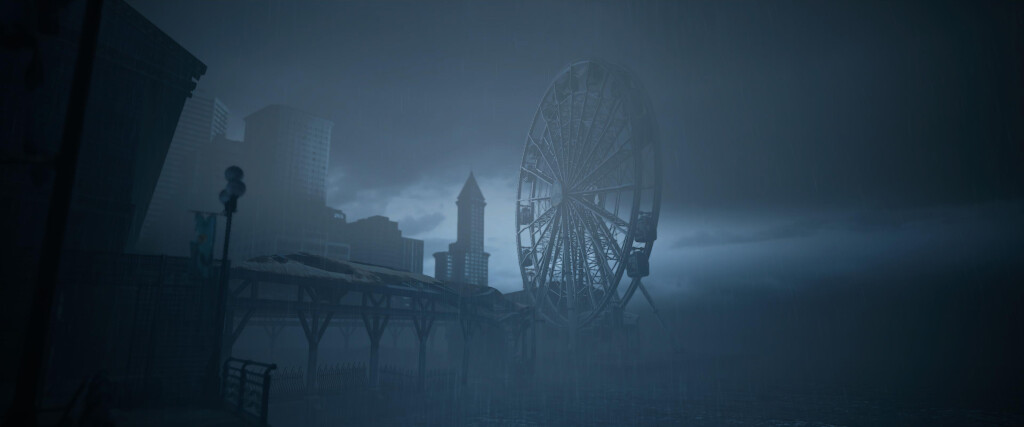
This high impact sequence – while aggressively brutal – does set the story arcs up for our two leads, Ellie and Abby. We then start exploring Seattle, Day 1 with Ellie. After creating such a strong bond with Joel and Ellie in the first game, you already have a commitment to their characters – and wanting them to win. They’re the good ones after all, right? Ellie is out to avenge Joel’s murder, and she is looking for Abby for revenge. Ellie good, Abby bad.
But midway through Part II, you seemingly are back at the start of Seattle, Day 1, but this time playing as Abby. And this is where the psychological headf**k comes in. You’ve just spent half the game playing as Ellie, the good one, looking for Abby, the bad one. But in a tale of revenge, it isn’t always good vs bad – and Part II’s characters are both light and dark. Playing as Abby is an initially jarring experience. Why play as the ‘bad’ one? But you very quickly start to explore Abby’s character, and see her light side too – not just the dark that Ellie experienced – and this humanisation of an initially bad character paints the contrast of light and dark which is so often ignored in film and television: after all, in a 2 hour runtime, you don’t have a lot of time to explore these complex character traits to successfully deep level.
Through Abby’s 3-day exploration of Seattle, you explore and develop her character – including compassion, her fears and her strength – and find out the motive for Joel’s murder: and that too is one of revenge – avenging Joel’s murder of her father in the first game. See, it’s all connected. By the end of her Seattle Day 3, you actually start to feel for her as a character – and can appreciate her viewpoint. But this does create a conflict as the player: who do you want to win? Who do you want to play as? Our leads are both ‘good’ and ‘bad’ – and neither is perfect.
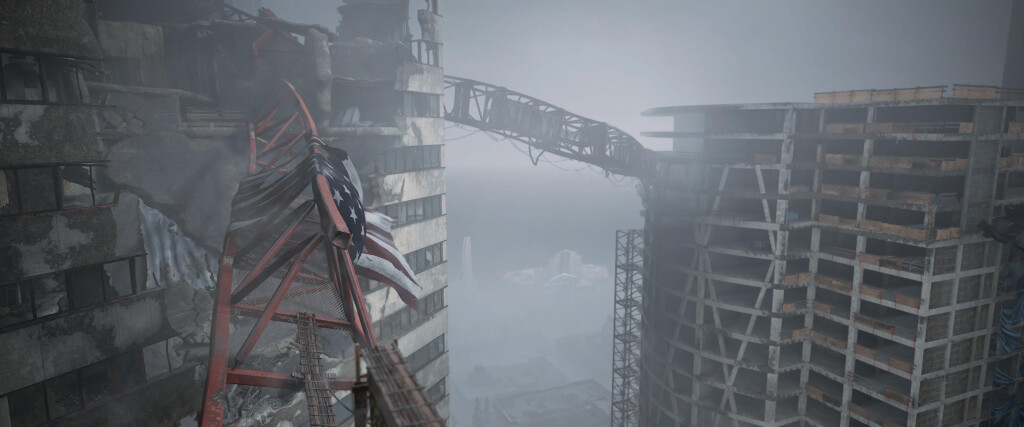
Being a narrative-driven game, Naughty Dog dictate who to play as – and in the game’s final chapter, it is the final showdown between good and evil – or Ellie and Abby – or is it Abby and Ellie? You’re playing as Ellie, but having grown to respect, and feel for Abby as a human character through her side of the story, the violence against her is confronting. The game insists I press a button to attempt to drown her. But I feel for her… and yet I don’t get a choice. Narrative games with a distinct end point take choice and free will from the player – and forcing my playable character to perform such acts of violence against another character that you, as the narrative directors, made me empathise for, is psychologically f**ked – you’ve humanised this character that you now want the other character to kill. Should there be a choice in the matter? What would happen if I let her go? If I drown her? What implications does that have for Ellie, the playable character through this sequence?
But this is where The Last of Us: Part II stumbles: the implications and consequences for one’s actions are selectively expressed when the story feels it is appropriate to explain them. When Dina leaves Ellie because she can’t get the idea of revenge out of her head, the cause and consequence is explained. But Ellie’s final confrontation – with no player choice – is just meant to be accepted – and that there’s only one side of the story now, Ellie’s, even though you’ve spent half of your Seattle journey as Abby.
When you start to look deeper, you begin to uncover a contradiction of beliefs: both characters are out for revenge, and the strange part is, neither seem to care of the impact of their actions. Through their journey, they end up killing both human and infected enemies. Infected, sure. They’re nasty. But the conflict comes with the human side: Ellie is angry at Abby for Joel’s death – but is happy to kill other humans on her way to find Abby. What if one of those was someone else’s Joel? Similarly with Abby – she murders on her journey, and is no doubt knocking off the mothers and fathers of other ‘innocents’ like her. But there’s no consequence to these actions – nor any hesitation in introducing such violence – and starts to feel a little one-dimensional.
By the end of the first game, you know Joel is not perfect. He’s not just “the good guy” – he is a flawed human – like all of us, full of light and dark - but you still feel for him. By the end of the second game, I feel more toyed with by the character arcs, and while Ellie too is an imperfect human – once again, full of light and dark – I start to feel less for her with the lack of consequence of her other actions along her journey. She is imperfect – but also harder to empathise with because of her behaviour and actions through the game. She wants revenge for Joel’s death, but doesn’t stop to think about the hurt she causes herself along the way. And that just makes her selfish. Revenge is not as black and white as the narrative is trying to dictate – especially on such a human scale as within the game.
So what happens next for Ellie? Well, I’m not sure her story needs to continue. But the really interesting part: I’m not sure I actually care. And what about Abby? Well, there could be more to explore there.
However, would Naughty Dog do that? But this is the thing: after playing as Abby for half the game, I actually want to know what she does next. Some totally abhorrent individuals sent Laura Bailey – the actress who voiced and mo-capped Abby – death threats. Because of her character’s actions in a game. What sort of messed up behaviour is that? For the record, this toxic and evil behaviour by individuals on social media is totally unacceptable.
Did Ellie’s story need to take this path? Should Part II have, instead, been a new story with new characters – such as Abby – set in the same world as the first game, but not as violently connected? With Naughty Dog having story ideas for Part III, it will be interesting to see where in The Last of Us universe we explore next.
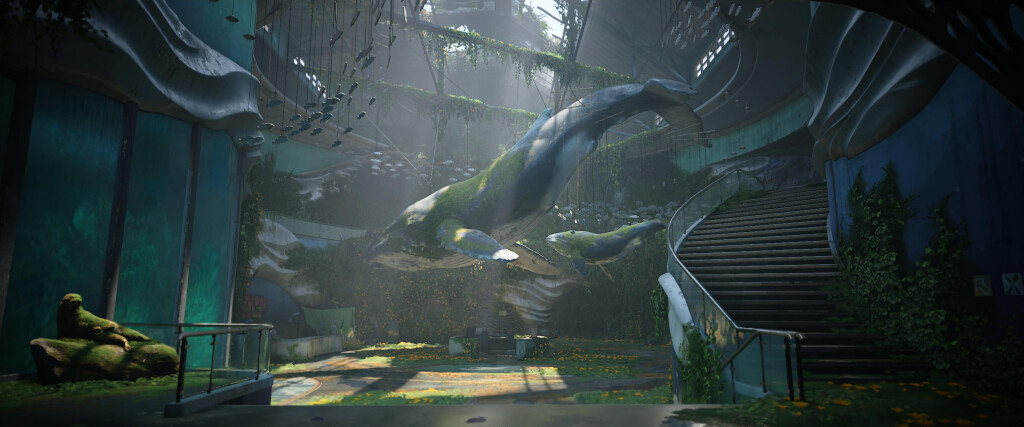
Open-world games are known for being broad and filled with insane amounts of content to explore - from main missions to a never-ending list of side missions – it is like they’re designed to keep you playing for longer. But a good open-world game does so without ever losing your attention. I feel that Naughty Dog tried to keeps us playing Part II for longer than was really necessary. Being story focused, the developers are holding our hand through the experience, guiding us from point to point. And to get there, we have to walk. And at times, walk really really slowly. There are parts of both Ellie’s and Abby’s stories that feel like they have been padded for either busy work to extend the experience, or to show off the gorgeous world the team have created (and yes, it is truly gorgeous). But the issue is, besides visuals and some gameplay, it isn’t adding value to the experience.
Part II is nearly double the length of the first game. And I played the first game several times to achieve the Platinum trophy. Repeat playthroughs still feel snappy and action-packed as you move from chapter to chapter and the story progresses with precision. But Part II feels sluggish on repeat playthroughs – especially when each day of each character’s journey is set in the same locale, and when the introduction is an overly-stuffed tutorial for understanding the controls, it’s a lengthy chapter to work through each time.
The game is incredibly gorgeous, yes, and superb to explore, but if you asked me about The Resort in the first game, I know the exact chapter. If you asked me about Seattle in the second, well, which day, and which character? The world is bleak – and purposely done – but at times I feel the game’s pacing stumbles on its own beauty. There’s nothing wrong with making short, sharp and concise triple-A games that have scope, value and interest in replayability: time is so precious these days, and committing to 20+ hours for a story starts to be a big ask, but if I love it, and want to replay it, it is there for an effective use of my time.
Speaking of beauty: I hope you’ve been enjoying my virtual photography from my playthroughs – the ultrawide aspect gives the landscape such a cinematic feel.
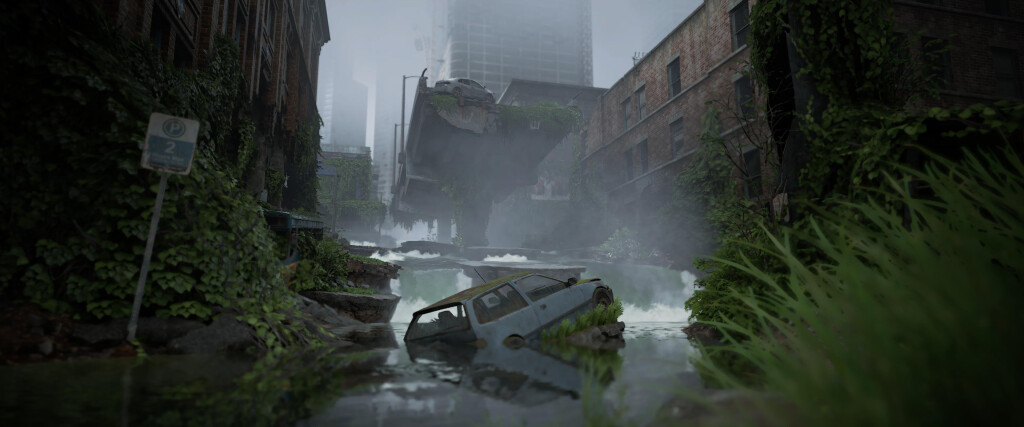
Let’s be perfectly honest here: Naughty Dog know how to get the absolute maximum out of the console and its architecture. Every single environment is incredible to be in, with such incredible attention to detail. The way rain drops fall on the “lens” of the player’s view, the interactions with the environment and characters, mementos and throwbacks to the world revealed in the first’s core game and Left Behind DLC, it is abundantly clear that the developers are passionate about their work, their world, and the player’s immersion in that world.
Outdoor environments are striking. Indoor environments are like snapshots frozen in time, decaying as the world consumes them. There is so much to look at, take in, and behold. Visually, the game is sensational. This is one of the benefits of a narrative-driven piece, where the level designers have such defined scope of what to include in the world – they can put more resources and time towards perfecting the details knowing that there is a set corridor the player can explore.
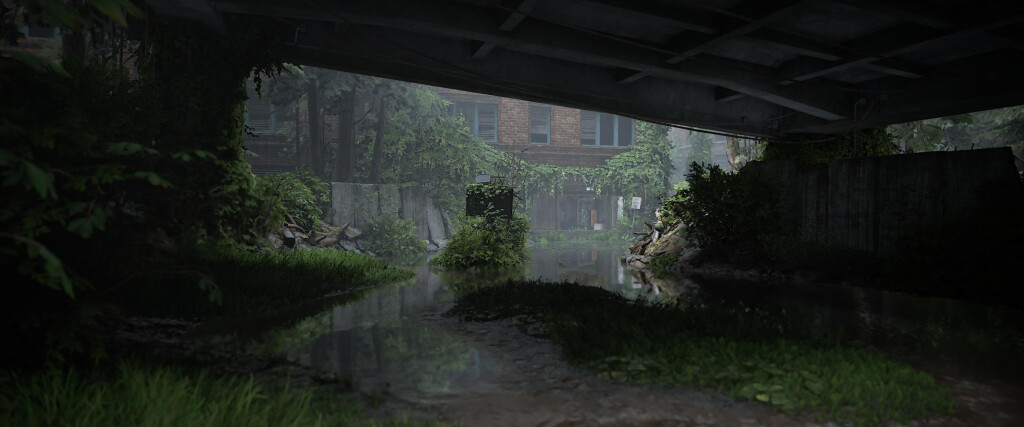
The motion capture, performances and dialog from all performers is engaging, and every time you see the “optional dialog” prompt appear, you’re eager to hear more – they’re all worth listening to to expand the world that the developers have created.
Soundtrack-wise, the score is more subtle than other games – used in cinematics rather than constantly in gameplay – and features a hauntingly guitar-based score by Gustavo Santaolalla. During gameplay and encounters, environmental sounds or more discrete soundscapes amplify the tension.
Sound design wise is where The Last of Us: Part II steps it up a notch, and adds intensity and terror to the player’s experience. Especially when you put on headphones. From environmental noises to more terrifying infected than the first game, the soundtrack, while minimal, is frighteningly powerful. The infected are scary. But with headphones, they get ramped up to an 11. Runners, Stalkers, Clickers – frightening. But then the Shamblers and Bloaters are something else, not to mention the Rat King. The noises they make are horrifying (in a good way). Sound has been used to elevate the action, and Naughty Dog have done so with such terrifying precision. Even when you’re trying to be stealthy, the sounds of your environment get you to clench, lift the heart rate, and not let go until you reach the end of your encounter.

The accessibility options that Naughty Dog have introduced are incredible to allow more people to experience the game. Whether they need navigation assistance, ledge assistance, colour changes for colour blindness, gameplay difficulty, tuning of otherwise-advanced enemy behaviours, The Last of Us: Part II is filled with ways to bring the game to more people – and this is such a positive thing to see, especially for narrative-based games. If your story is so valuable to the game, then lower difficulty barriers - be that gameplay or visual/aural accessibility – to share your story with a wider audience. Not everyone enjoys frustratingly difficult games.
While the game is superb – it is also flawed in its execution, both of narrative and, at times, janky gameplay. It wants to be stealth, but is flawed, and wants to be action, but is flawed. I told you to jump – across that small gap – but instead, for some reason, you just fall of the edge. I told you to “listen” while in stealth, but instead you stand up and all hell breaks loose. And with such limited resources for ammunition and weaponry, this forces an involuntary change to your approach, just because of controls. And if playing on a permadeath or grounded difficulty, kind of sucks.
Even with its shallow exploration of light and dark, cause and consequence, it is the gameplay as a whole that sucks you in. Regardless of playing as Ellie or Abby, you are engaged through each encounter, using your environment to your advantage to either stealth past your enemies, or meticulously take them out one-by-one. Every encounter is tense, challenging and brutal – but also rewarding to pull off, especially when you’re down to your last few bullets. While yes there are some gameplay quirks and oddities (i.e. the “jank”), there’s also a lot to enjoy and keep coming back for.
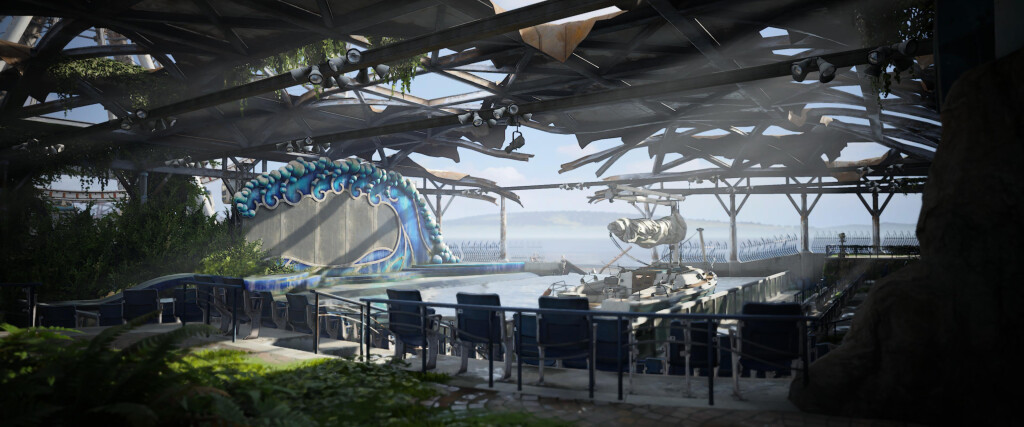
Many reviews gave the game perfect scores – and I can see why, to an extent – but also these reviews still complained of gameplay quirks plus pacing and story issues. So, to be blunt, how can a perfect 10/10 still have issues? But I feel that’s a bigger issue of the review world more than anything. I’ve never quite understood how someone can give a perfect score yet still have criticisms. But this is why I don’t give scores to anything I write about – heck, even Netflix’s Thumbs Up/Thumbs Down is too much for me. Wow, that just makes me really indecisive, hey? Anyway…
Don’t get me wrong, The Last of Us: Part II is a technical marvel of a game – narratively, visually and aurally – but it does have some flaws that, for me at least, do not make it ‘perfect’. Naughty Dog have delivered a polished and immersive experience – but one that isn’t as perfect as some claim.
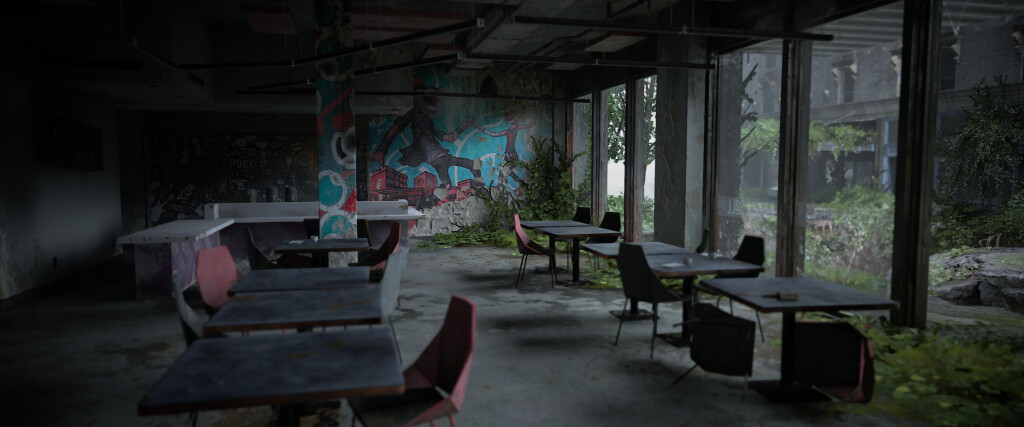
When Days Gone came out, there were mumbles of “oh it’s another zombie game, The Last of Us was better”. But I absolutely adored Days Gone – and that too is not perfect. But it’s also different. In The Last of Us: Part II we get to experience hordes of infected. Just like what Days Gone revealed a few years before. So now who’s copying who? Kidding… no, really, just kidding…
But there’s a big difference between the two… while the story of Days Gone has the emotional and realistic heart, its gameplay and hordes of infected are enjoyable and thrilling to take on: they’re aggressive and numerous, but also a little more, well, mindless and are almost comic-like and fun to defeat. In The Last of Us: Part II, the hordes are absolutely downright terrifying. And they’re not designed to be defeated: they’re designed to escape from. The realism of Days Gone sits in its gorgeous world and its story – but lets it all go for downright fun gameplay. Compare this to The Last of Us: Part II that holds on to that brutal realism through all aspects – gameplay, story and set piece. Different strokes for different folks, but if I had to sit down and play an infected game for fun, Days Gone would be it. For a more realistic experience, The Last of Us.
I feel that’s the thing. The Last of Us: Part II is an incredible game – brutal, story-driven and a little flawed – but one that takes its emotional and mental toll on you. It’s not something you sit down and play for some “light-hearted” fun. Its story is heavy, engaging, graphic and tinkers with your mental state with long-lasting impact. This doesn’t mean you need to not play it – you definitely should – but you just need to be in the right place yourself to ‘enjoy’ it. Not sure ‘enjoy’ is the right word… maybe ‘experience’ is better. Such immense violence is hard to enjoy, even in a video game, but that knife’s edge that Naughty Dog has straddled, definitely gives you something to think about long after the end credits roll.
